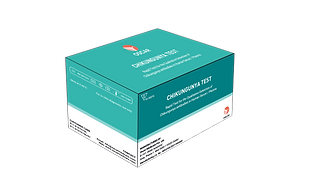
- Home
-
Oscar Products
-
By Test Type
- Biochemistry Analyzers
-
Biochemistry Reagents
- Acid Phosphatase
- ADA
- Albumin
- Alkaline Phosphatase
- ALT (SGPT)
- Amylase
- ASO Turbilatex
- AST (SGOT)
- Bilirubin (D & T)
- Calcium
- Chloride
- Cholesterol
- Cholinesterase
- CK - MB
- CK NAC
- Cleaning Solution
- Creatinine
- CRP - Turbilatex
- Cuvette Wash
- G6PDH
- Gamma GT
- Glucose
- Glucose Hexokinase
- HbA1c
- HDL Cholesterol (Direct)
- HDL Cholesterol (PPT)
- Hemoglobin
- Lactate
- LDH
- LDL Cholesterol (Direct)
- Lipase
- Magnesium
- Microalbumin
- Microprotein (MR)
- Phosphorus (MV)
- Potassium (MV)
- Probe Cleaner
- RF Turbilatex
- Sodium (MV)
- Total Protein
- Triglyceride
- Urea UV
- Urea Berthelot
- Uric Acid
- Blood Grouping
- ELISA Tests
- ESR Analyzer
- Hematology Analyzers
- Hematology Reagents
- Real Time PCR Test
- Rapid Tests
- Serology
- Urine Analyses
- Widal Test Kit
- By Condition
-
By Test Type
- Careers
- News

